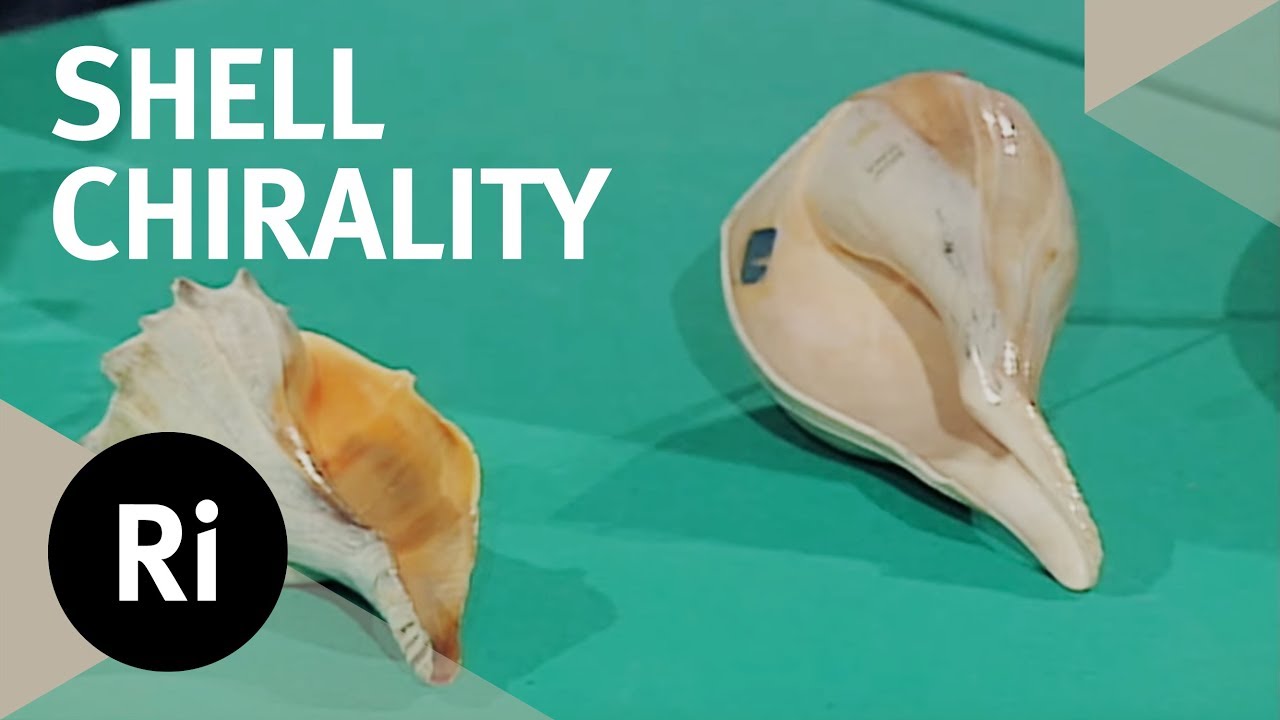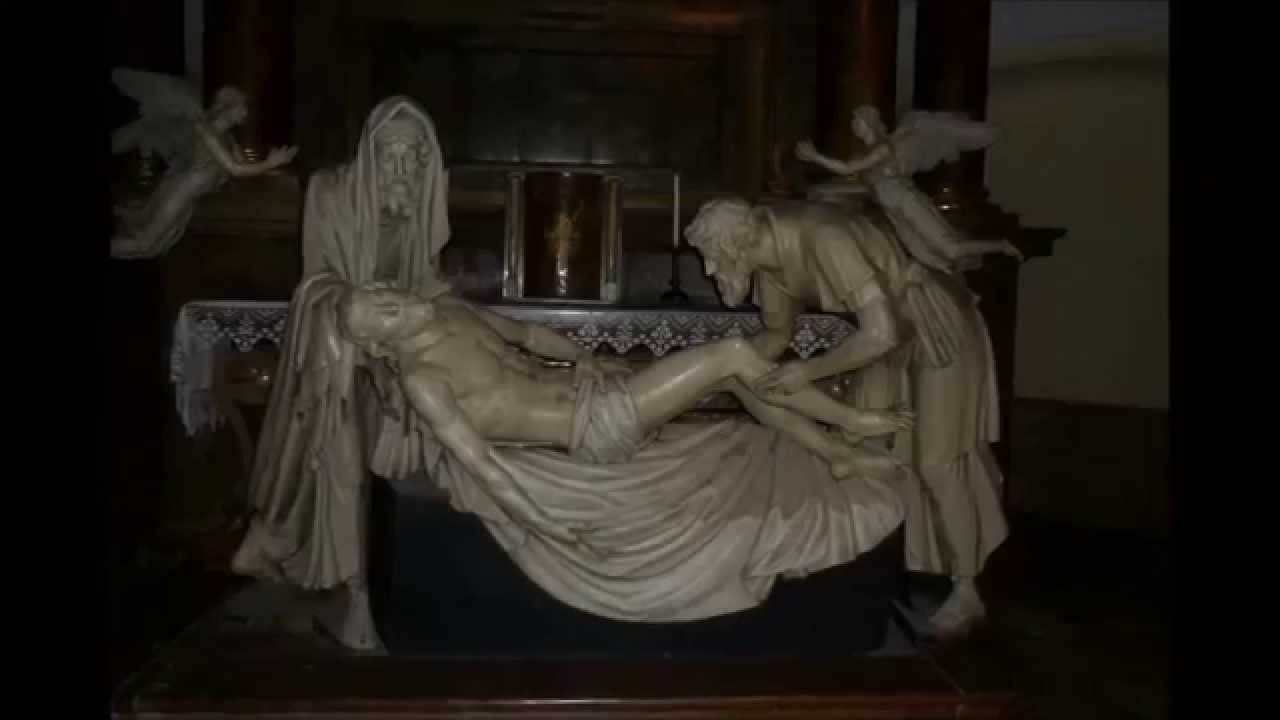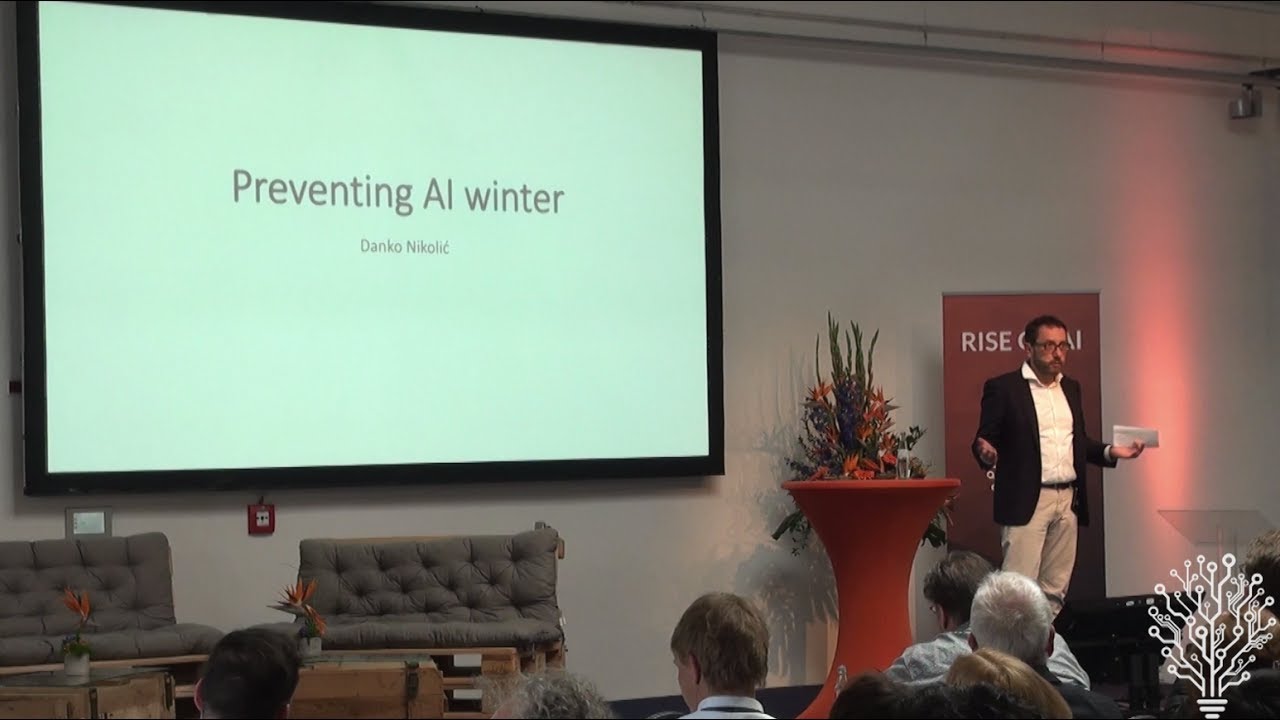The Royal Institution
Snails with right-handed shells cannot mate with those with left-handed ones. But you can predict the presence of oil in a location by looking at their ratios.
Watch the full second lecture of the series: https://www.rigb.org/christmas-lectures/watch/1992/our-world-through-the-looking-glass/narwhals-palindromes-and-chesterfield-station?utm_source=youtube&utm_medium=social&utm_term=description
Charles Stirling gave the 1992 Christmas Lectures “Our World Through the Looking Glass” about the role of chirality in our highly symmetrical world.
His second lecture, where this clip is from, focuses predominantly on things that appear symmetrical at first glance, but are actually deeply asymmetrical in their nature, such as humans.
Watch the full series:
https://www.rigb.org/christmas-lectures/watch/1992/our-world-through-the-looking-glass?utm_source=youtube&utm_medium=social&utm_term=description
The Ri is on Twitter: http://twitter.com/ri_science
and Facebook: http://www.facebook.com/royalinstitution
and Tumblr: http://ri-science.tumblr.com/
Our editorial policy: http://www.rigb.org/home/editorial-policy
Subscribe for the latest science videos: http://bit.ly/RiNewsletter
Source



